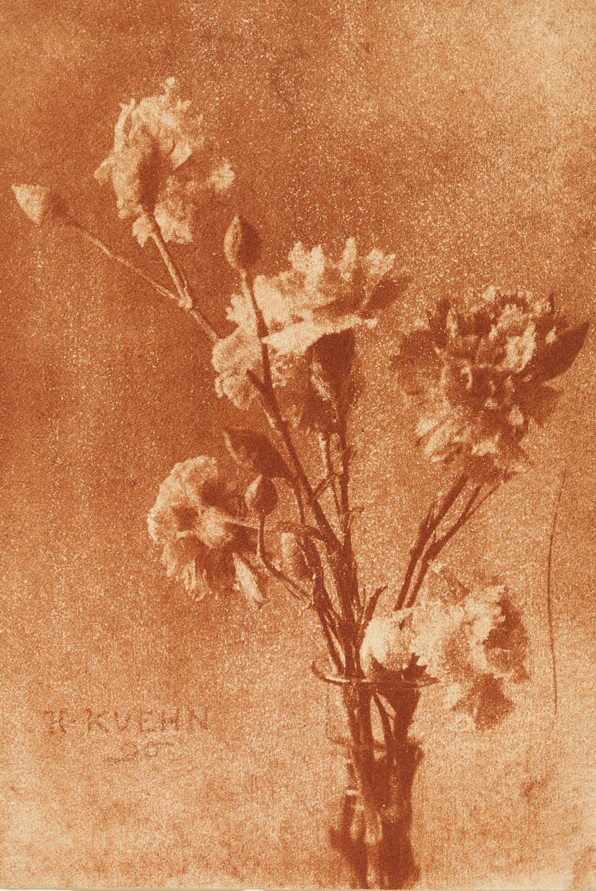
November 12, 2016–February 5, 2017
things
During the early years of photography, inanimate objects were represented frequently for both aesthetic and logistical purposes. Given the long exposure times needed for salt and albumen prints, subjects needed to be immobile for several minutes. Therefore, still lifes, sculptures, and similarly motionless objects had a certain advantage. William Henry Fox Talbot, one of the inventors of photography, had this to say about the documentary and legal value of his luminous salt print Articles of China: “The whole cabinet of a Virtuoso and collector of old China might be depicted on paper in little more time than it would take him to make a written inventory describing it.... And should a thief afterwards purloin the treasures—if the mute testimony of the picture were to be produced against him in court—it would certainly be evidence of a novel kind.” He then went on to anthropomorphize the photographic process, calling the camera the “eye” and the paper on which the image was printed the “retina.” Thus, photography is at once document, witness, and optical translator.
Later in the century, photographers’ aims and processes changed as did the perceived value of photography as an art form. The Austrian-German photographer Heinrich Kühn sought to push the bounds of photography by manipulating the traditionally sharp-focused negative (associated with professional photography) to create a subjective expression all his own. His Still Life with Carnations, although made with a negative, was manipulated on the plate and printed in a lush red-orange, conceiving what has been termed an Impressionist photograph. Because still life photographers like Talbot and Kühn could control every aspect of the creative process, light, composition, and placement could be manipulated to best effect.
William Henry Fox Talbot (English, 1800–1877), Articles of China, 1844. Lent by the Troob Family Foundation
Heinrich Kühn (Austrian, born Germany, 1866–1944), Still Life with Carnations, 1896. Clark Art Institute, 2013.8



-jpg.jpg)